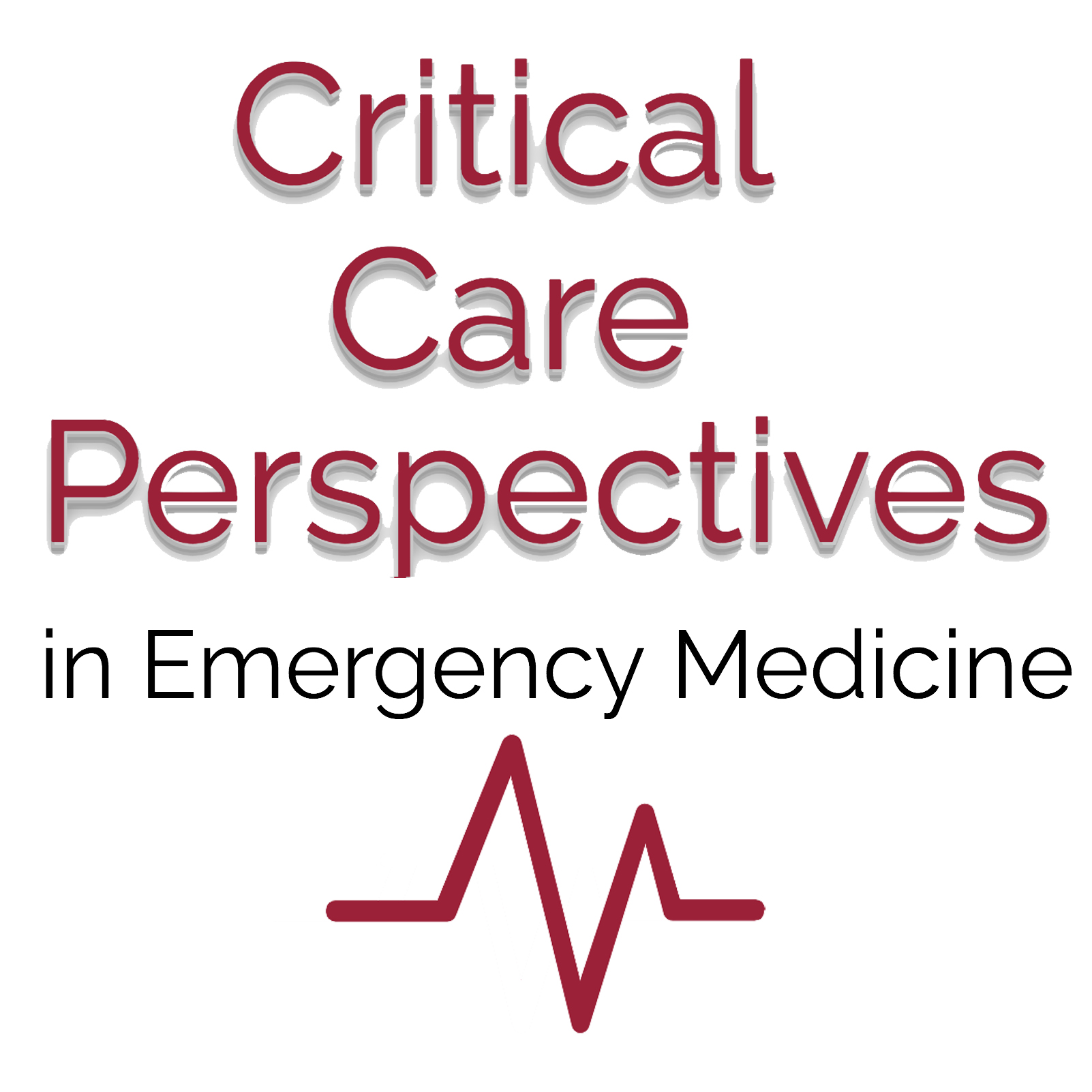Care of the patient with ROSC following OHCA can be complex and typically includes a protocolized approach to optimizing oxygenation, ventilation, hemodynamics, early cardiac catheterization for patients with STEMI, seizure detection, and possibly TTM. In this podcast, we review two recent articles that focused on the use of mild hypercapnia compared with normocapnia in post arrest patients and the use of a pan-CT protocol to detect critical time sensitive conditions and complications.

The care of patients with return of spontaneous circulation following cardiac arrest centers on optimizing oxygenation and ventilation, optimizing hemodynamics, identifying patients that require...

Current international guidelines recommend TTM for adult patients with ROSC from OHCA who remain comatose or unable to follow verbal commands. However, the overall...

To say that 2020 has been a challenging year would be a gross understatement. The courage and determination that all healthcare providers have shown...